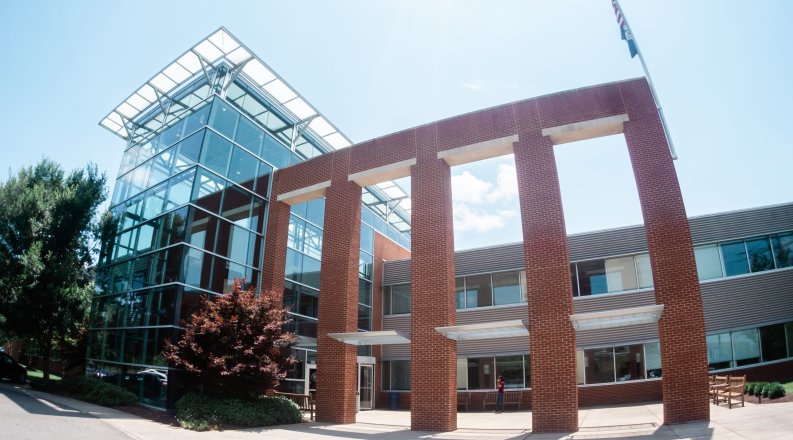Researchers at the Virginia Institute of Spaceflight & Autonomy (VISA), a business unit within the Virginia, Modeling, Analysis and Simulation Center (VMASC), have been awarded a $2 million, two-year project to develop flexible simulation capabilities for testing U.S. Navy maritime autonomy solutions under a wide range of potential scenarios. The U.S. Navy’s Naval Surface Warfare Center at Dahlgren (NSWC-Dahlgren) awarded the funding to ODU via the Naval Surface Technology & Innovation Consortium’s Other Transaction Agreement.
The Navy has been increasingly dependent on unmanned surface vessels. As new autonomous vessels are developed, they must be extensively tested to ensure that they meet mission requirements. Field testing the on-board artificial intelligence algorithms that facilitate autonomous operations is difficult, costly and often dangerous.
High-fidelity simulation is an attractive alternative to field testing. But effective use for testing autonomy requires advanced tools and a host of cutting-edge modeling capabilities such as intelligent maritime traffic, environmental simulations, sensor and communication models, and supporting frameworks. To address this need, the Navy conceived the Naval Autonomous Systems Test Capability (N-ASTC) project to support the rapid development of simulations for evaluating autonomous vessels and increasing trust in autonomous platforms. ODU researchers have been working closely with Navy warfare centers to formulate and refine the requirements for this modeling and simulation capability.
The project principal investigator is Yiannis Papelis, VMASC chief technology officer and VISA senior research director for autonomous systems. In prior years, Papelis was awarded several summer faculty fellowships with NSWC-Dahlgren and contributed significantly to defining the N-ASTC concept. This latest research award follows several smaller awards that allowed the ODU team to work with the Navy in refining the overall project, developing early prototypes and ensuring its successful launch. The ODU research team, which includes VMASC project scientists and students, will support the Navy by developing and/or enhancing several N-ASTC key components, including the core simulation framework, development of directable maritime traffic models and a host of cloud-based graphical tools supporting the authoring of missions, testing scenarios and data analysis.
“We are bringing unique skills into this project due to our autonomous and maritime experience in modeling and simulation,” Papelis said. “We are excited to have the opportunity to work with U.S. Navy warfare centers to help implement the project, but also assist with formulation of the Navy’s long-term strategy for simulation-based as well as field-based testing of maritime autonomy.”
One of the challenges of effectively testing autonomy within a simulation is the lack of realistic stimulus. A large part of this project will be developing and integrating high-fidelity maritime traffic models that are smart enough to dynamically adapt their behavior to ensure that challenges are presented consistently and within specification, independent of the behavior of the autonomy-under-test.
“Having been involved with this project from the beginning, our VMASC researchers will continue to advance the needed cutting-edge technologies that the U.S. Navy is looking for,” said Eric Weisel, ODU associate vice president of research and VMASC executive director.
Lastly, the team plans to develop and integrate graphical tools that will allow Navy end-users to specify and create their own test-driven simulation scenarios, test methodologies and run simulations in various modes.




